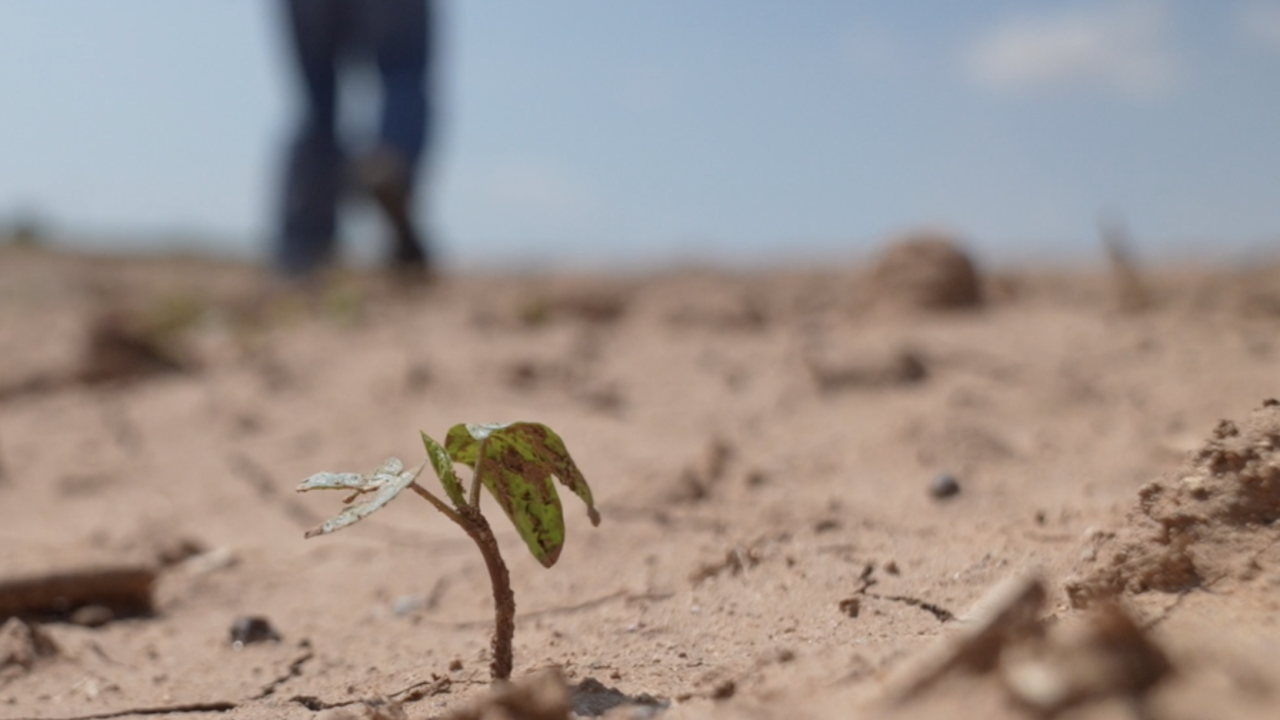YUMA, AZ — “We are entering into an era of limits in which our existing water supplies have mostly been allocated,” says Tom Buschatzke, the Director of the Arizona Department of Water Resources.
Managing Arizona’s drought is the focus of Buschatzke’s department. Right now, the Colorado River system supplies 36% of Arizona’s total water use.
According to the Department of Water Resources, Arizona has experienced extensive drought conditions for two decades due to climate change. Farmers are feeling the brunt of it as they rely on that water supply for their crops.
"From November through April of every year, 85 to 90% of all the lettuce, spinach, broccoli, those types of green vegetables in North America come from Yuma,” says Buschatzke. “So, it is hugely important to the economy and to those foreign products.”
Buschatzke says the U.S. cannot rely on produce from outside, due to supply chain issues. If produce is waiting on a barge for too long, it will expire. Buschatzke encourages Arizonans to, “Be efficient with their water use and conserve water around their homes. Especially outside their homes. Because what that does is allows the people who provide that water to them to help us in bigger picture conservation.”
ABC15 asks Buschatzke, “I feel like there's going to be a time where there's going to be some really hard discussions happening about the water supply." Buschatzke answered, "Those discussions actually have already started.”
In January, Arizona Governor Doug Ducey gave his State of the State speech. Ducey spoke about making a $1 billion investment into Arizona’s future regarding water supply availability and water supply resiliency.
Buschatzke says there’s a draft piece of legislation called the ‘Arizona Water Authority’. It would fund infrastructure to bring new water supplies from outside the state. Buschatzke is the co-chair of that workgroup for the U.S. delegation.
"I have been working on a process with the Republic of Mexico since 2018,” says Buschatzke. “Looking at potentially building a seawater desalination plant in the Sea of Cortez.”
Working with Mexico, that plant could be eight to ten years in the making. Until then, leaders are urging you to do your part, before it’s too late.




